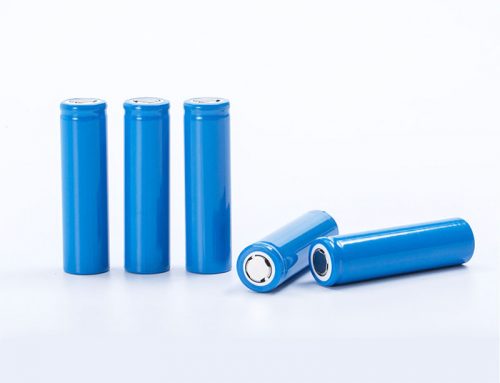Compared with the use of the environmentally harmful binder polyvinylidene fluoride (PVDF) in Li-ion batteries (LIBs), water-based binders have many advantages, such as low cost, abundant sources, and environmental friendliness.
BA-310F is a new eco-friendly non-toxic water-based binder for Li-ion Battery Cathode. It can deliver the most excellent adhesion to the active materials as well as the Aluminium foil. It will generate excellent flexibility for the electrodes which is good for cylindrical cell production. It also effectively solve the problem which frequently happens in electrode production such as powder-off, falling-off, and cracking, etc. The good mechanical stability, thermal stability, alkali resistance, and freeze-thaw stability make transportation and processing easier!
It is applied to the LFP cathode.
Green water-based binders for LiFePO4/C cathodes in Li-ion batteries: a comparative study†
Xiaojing Zhang, ‡a Xinyi Ge,‡b Zhigang Shen,*a Han Ma, c Jingshi Wang, a Shuai Wang,a Lei Liu,a Beibei Liu, a Lixin Liua and Yizhi Zhaoa
*Corresponding authors
aBeijing Key Laboratory for Powder Technology Research and Development, Beihang University (BUAA), Beijing 100083, China
E-mail: shenzhg@buaa.edu.cnbAECC Commercial Aircraft Engine Co. Ltd., Shanghai 200241, China
cSchool of Chemical Engineering, Nanjing University of Science and Technology, Nanjing 210094, China
Abstract
Compared with the use of the environmentally harmful binder polyvinylidene fluoride (PVDF) in Li-ion batteries (LIBs), water-based binders have many advantages, such as low cost, abundant sources, and environmental friendliness. In this study, various green water-based binders and binder couples for preparing LiFePO4/C (LFP/C) cathodes in LIBs were first investigated systematically. Electrochemical tests indicated that electrodes with SA (E-SA) and electrodes with CMC/PTFE (E-CMC/PTFE) had outstanding performance. Especially in the rate performance (2C/0.1C), the values of E-SA and E-CMC/PTFE were 86.3% and 85.7%, i.e., 4.4% and 3.8% higher than those of electrodes with PVDF (E-PVDF) (81.9%), respectively. After 50 cycles, the discharge specific capacity of E-SA and E-CMC/PTFE was stable at 165 and 166 mA h g−1 (the theoretical value of LFP is 170 mA h g−1). All Rct (charge-transfer reaction resistance) values with water-based binders were smaller than the one with PVDF. E-SA, E-CMC/PTFE, and E-CMC/SA had smaller polarization than E-PVDF. E-SA and E-CMC/PTFE had an enhanced kinetics capability in Li+ transfer, which may be attributed to the large content of carboxyl groups in SA and CMC, and holes and open pores in electrodes. SEM and TEM images showed that E-SA and E-CMC/PTFE had a homogeneous coverage of AB on LFP, which is the key factor for an excellent conductive network and electrochemical performance. We believe that the environmentally friendly water-based binders have broad prospects for use in LIB cathodes.
